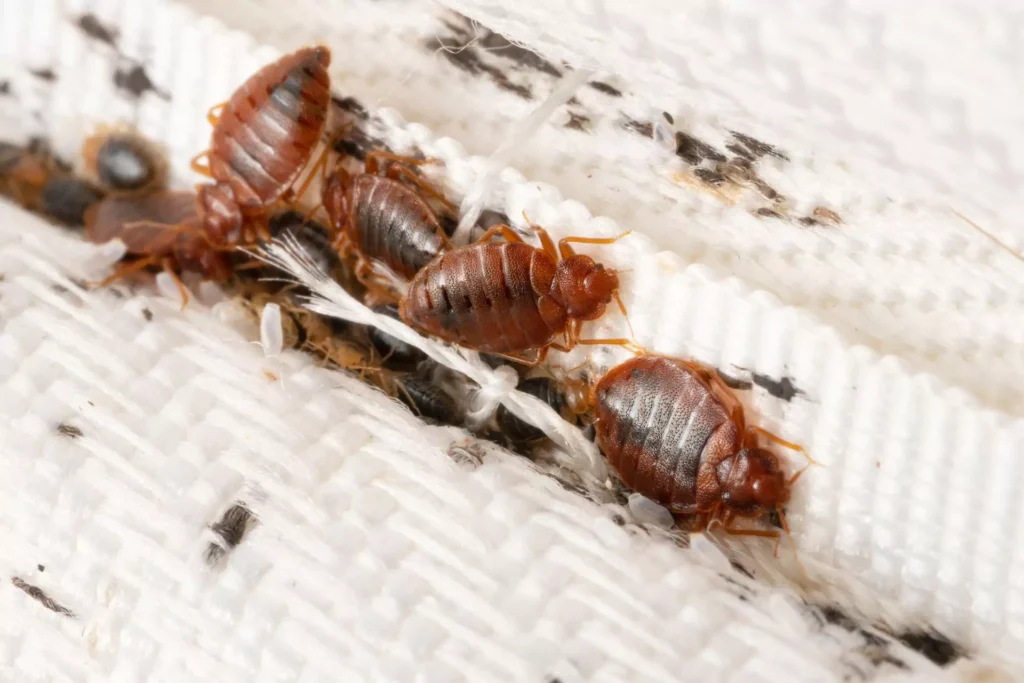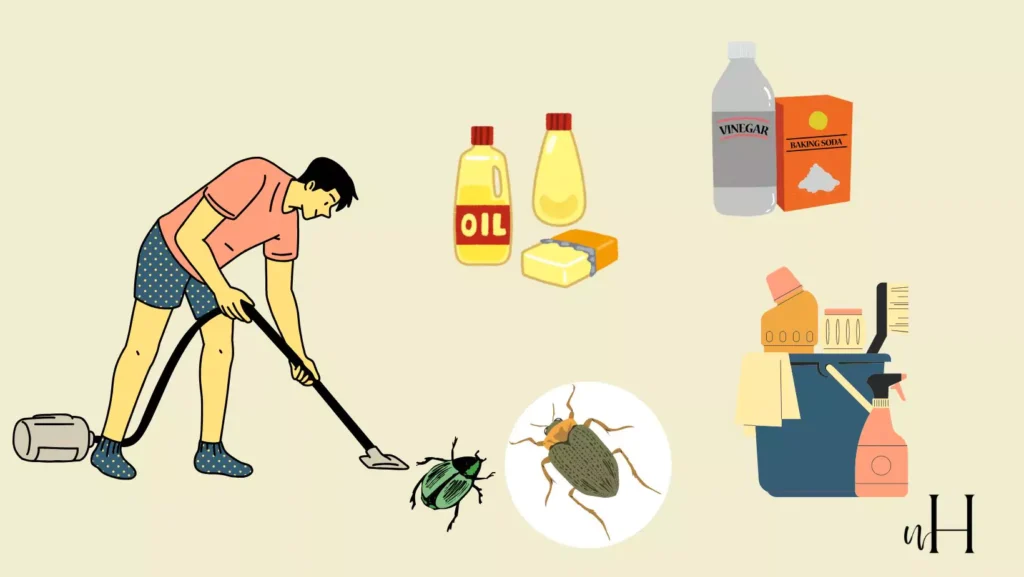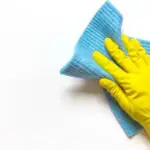Last updated on July 2nd, 2025 at 07:56 am
Sleep should be a sanctuary, a time to rest and heal. But if bed bugs have attacked your living space, a peaceful home may feel like a distant dream. Bed bug infestations are not only distressing but can also be notoriously difficult to deal with. Thankfully, there are effective home remedies that can help reclaim your comfort and sanity without hiring costly pest control services or giving up on your stylish bedroom setup.
Why Are Bed Bugs Such a Problem?
Before tackling them, it’s important to understand why bed bugs are so challenging. These tiny insects are masters of stealth, hiding in the crevices of mattresses, furniture, and even wall sockets. Resistant to many over-the-counter pesticides, bed bugs can swiftly multiply if left unchecked. The result? Sleepless nights and itchy, irritating bites.
RELATED BLOG
How to Get Rid of Bed Bugs Home Remedy

1. Heat Treatment
One of the most effective and immediate ways to kill bed bugs at all life stages eggs, nymphs, and adults is heat. According to Dr. Jane Smith, a leading entomologist, “Bed bugs cannot survive in heat above 120°F. Steam cleaning is an excellent way to target deep-seated areas like mattress seams and sofa fibers.”
How to Implement Heat Treatment:
- Use a commercial-grade handheld steamer designed for upholstery.
- Slowly glide the steamer over affected areas, ensuring the heat penetrates deeply.
- Launder bed linens, pillowcases, and clothing in hot water (120°F or higher), then tumble dry on the hottest setting.
While you’re in the heat of sanitizing (pun intended!), consider investing in gorgeous, bed-bug-free bedding. Why not spruce up your sleep sanctuary with soft cotton sheets in earthy tones like driftwood or camel?
2. Diatomaceous Earth (DE)
For those who prefer all-natural remedies, diatomaceous earth offers a safe yet powerful solution. Made from the fossilized remains of aquatic organisms, DE is a fine powder that damages the exoskeletons of bed bugs, causing dehydration and death.
How to Use DE:
- Sprinkle food-grade diatomaceous earth lightly around bed frames, baseboards, and other infested spots.
- Leave it for 24–48 hours to allow contact time with the bugs.
- Vacuum thoroughly to remove residue and dead insects.
A Success Story:
John Doe, a homeowner, shares, “Using diatomaceous earth was a game-changer. It took a month, but the infestation was gone without harsh chemicals. Plus, I could still enjoy my space while treating it!”
3. Vacuuming Like a Pro
Vacuuming isn’t glamorous, but it’s a crucial step in your fight against bed bugs. It helps remove visible bugs, eggs, and debris from your furniture, carpets, and other surfaces where they may hide. Regular vacuuming not only reduces the bed bug population but also prevents the spread of these pests to other areas of your home. Be sure to focus on cracks, crevices, and tight spaces where bed bugs are most likely to linger, and always dispose of the vacuum bag or contents immediately to avoid re-infestation.
- Use a vacuum with a HEPA filter.
- Focus on mattress seams, furniture cracks, carpet edges, and room corners.
- Seal the vacuum bag immediately after cleaning and dispose of it outside your home.
4. Baking Soda
Baking soda is often rumored to be an effective DIY solution for dealing with bed bugs, largely due to its supposed dehydrating properties. The idea is that the fine particles of baking soda can absorb moisture from the bed bugs’ bodies, ultimately killing them. However, its efficacy isn’t as well-supported by scientific research compared to other proven methods like professional treatments or insecticides. Despite this, some individuals swear by its use, applying it to cracks, crevices, and other hiding spots in their homes. While it might seem like a simple and inexpensive option, experts typically recommend relying on more reliable, science-backed solutions for tackling bed bug infestations.
Instructions:
- Sprinkle baking soda lightly across infested areas.
- Reapply every three days, vacuuming up the old powder before adding a fresh layer.
Safety Reminder:
Dr. Emily White warns, “Excessive use of powders like baking soda or diatomaceous earth may cause irritation. Homeowners should wear gloves and masks during application.”
5. Essential Oils
Essential oils like lavender, tea tree, and peppermint provide a natural and aromatic way to temporarily repel bed bugs. These oils are known for their strong scents, which can act as a deterrent, making it less likely for bed bugs to linger or bite. While they are not a complete solution to an infestation, using essential oils can offer some relief as you implement more comprehensive approaches like deep cleaning or pest control treatments. Applying these oils to bedding, furniture, or even diffusing them in the room can create a less attractive environment for bed bugs, giving you a bit of extra protection in the short term.
DIY Repellent:
- Mix 10–15 drops of lavender or tea tree oil with a spray bottle of water.
- Spray the solution lightly onto bedding, furniture, and carpets.
6. Double Down with Mattress Covers
Invest in high-quality, bed-bug-proof mattress encasements to protect your sleeping haven from unwanted pests. These encasements are designed to completely seal your mattress, preventing bed bugs from nesting or hiding within. Not only do they trap any existing bugs, but they also create a barrier that stops new ones from taking residence. Made with durable, breathable materials, these encasements ensure comfort while providing peace of mind, making them a must-have for a restful and bug-free sleep environment.
Keeping Bed Bugs Away for Good
The battle doesn’t end once you’ve eradicated bed bugs. Prevention is crucial for maintaining your space’s comfort and serenity.
Here’s how to stay bug-free long-term:
- Regular Cleaning: Vacuum carpets and rugs weekly while frequently laundering bedding.
- Seal Cracks: Use caulk to close wall crevices and bed frames where bugs could hide.
- Inspect Used Items: Always check thrifted furniture, rugs, or bedding for hidden infestations before bringing them into your home.







